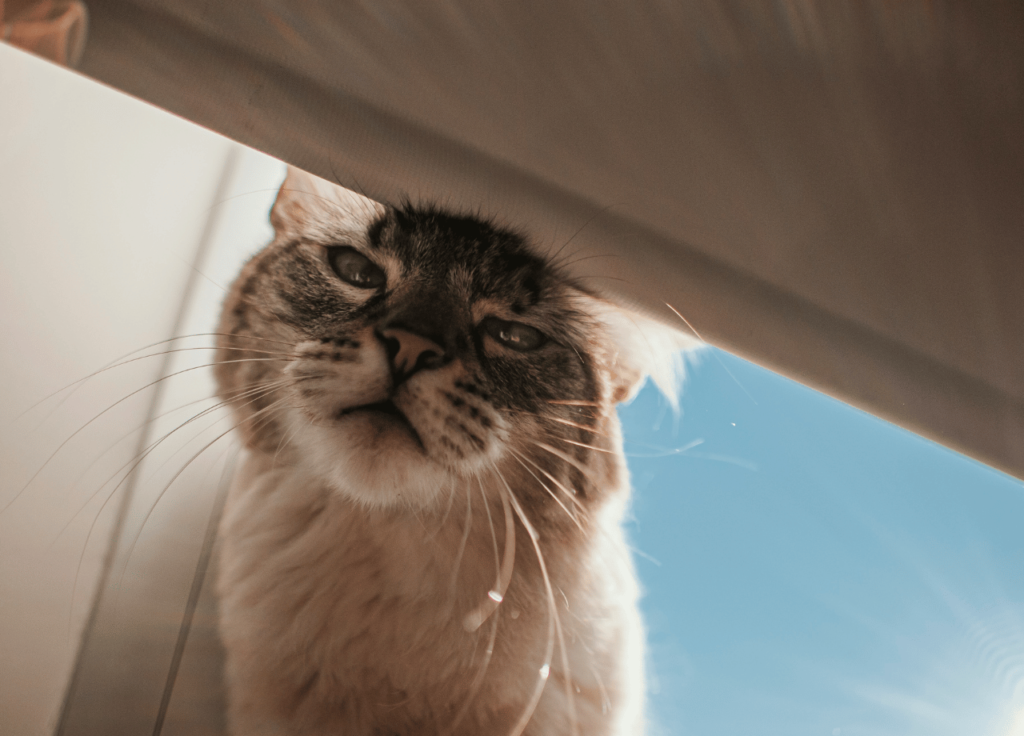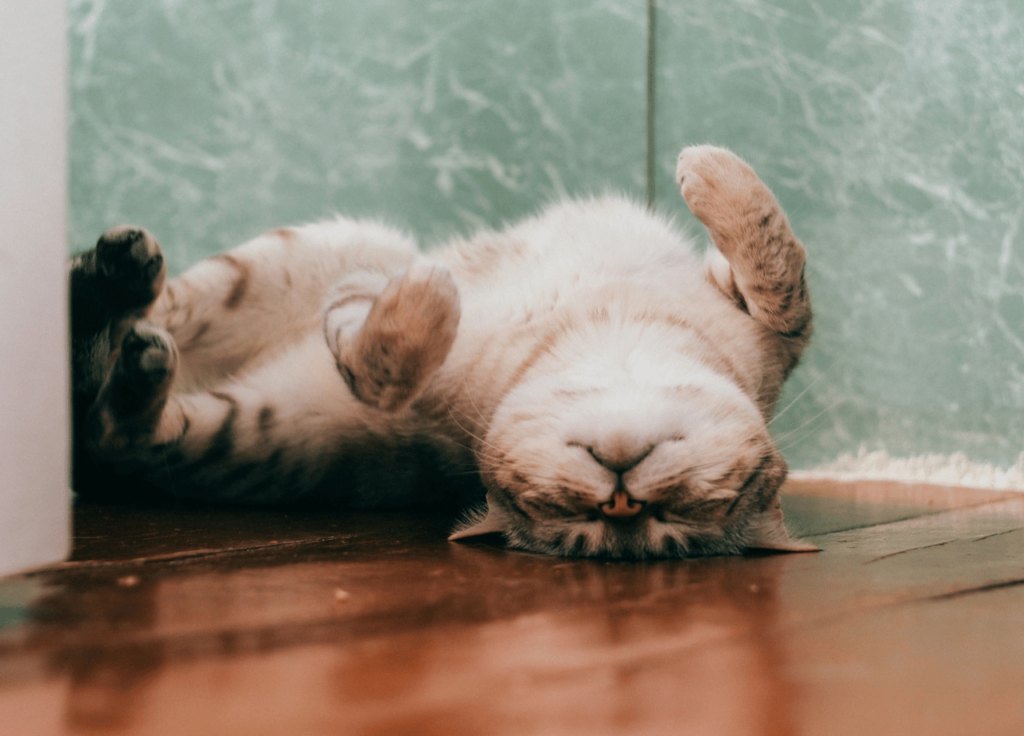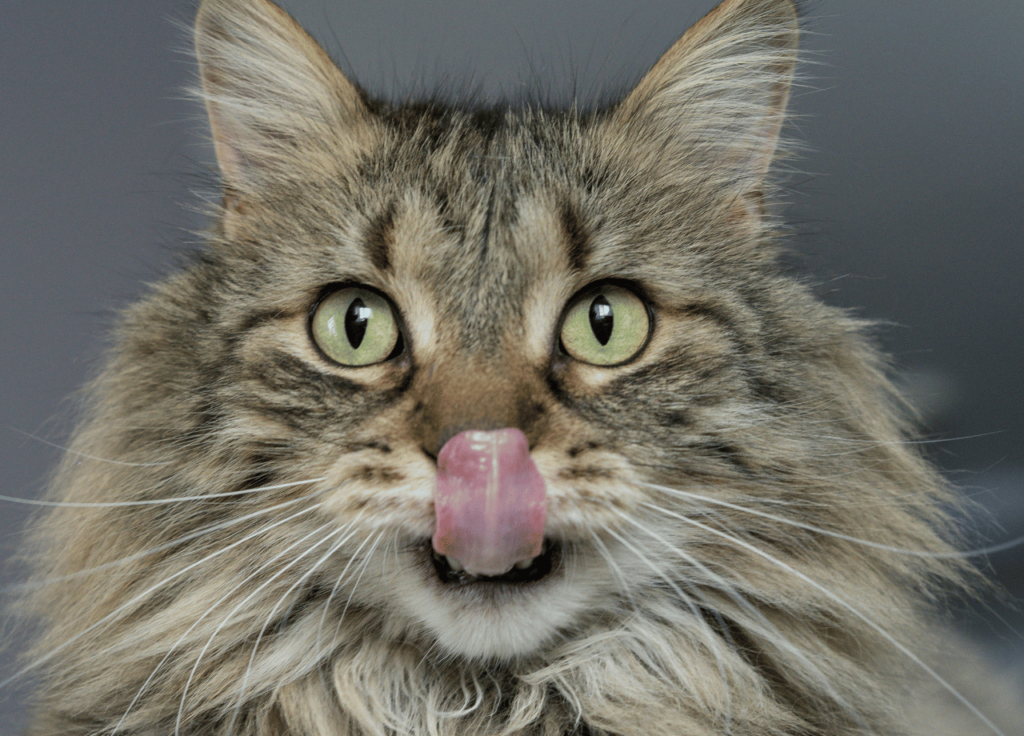Cats are fascinating creatures with a wide array of behaviors that can be both endearing and puzzling to their human companions. Understanding why cats do what they do can deepen the bond between you and your feline friend. Here are seven intriguing cat behaviors and the reasons behind them:
1. Kneading
Cats often knead with their paws on soft surfaces, like blankets, pillows, or even their human’s lap. This rhythmic pressing is commonly referred to as “making biscuits.”
Why They Do It: Kneading is a behavior that originates in kittenhood. When nursing, kittens knead their mother’s belly to stimulate milk flow. In adulthood, cats continue to knead because it brings them comfort. It’s also thought that kneading helps mark their territory since cats have scent glands in their paws.
2. Purring
A cat’s purr is one of the most recognizable and soothing sounds. Cats purr when they are content, but they also purr in other situations.
Why They Do It: Purring is a multifunctional behavior. While it often signals that a cat is happy and relaxed, cats also purr when they are frightened, in pain, or even close to death. The vibrations from purring can have a calming effect and might even promote healing by reducing pain and inflammation.
3. Head-Butting
Many cat owners have experienced their feline friend rubbing or bumping their head against them or objects around the house.
Why They Do It: This behavior, known as “bunting,” is a way for cats to mark their territory. Cats have scent glands located in their cheeks, and by head-butting, they transfer their scent onto you or objects, claiming them as part of their territory and signaling affection.
4. Chattering
If you’ve ever seen your cat stare intently out the window at birds or squirrels and make a strange chattering sound, you’re witnessing a common but curious behavior.
Why They Do It: Chattering is thought to be a sign of frustration or excitement. Some experts believe that the chattering sound mimics the noise cats make when delivering a killing bite to their prey. It might also be an instinctual response to seeing potential prey they can’t reach.
5. Bringing “Gifts”
Outdoor cats often bring home dead animals like mice, birds, or insects and proudly present them to their owners.

Why They Do It: This behavior is a reflection of a cat’s natural hunting instincts. In the wild, mother cats bring back dead or injured prey to teach their kittens how to hunt. Your cat might be sharing their catch with you as a form of sharing their success or attempting to teach you how to hunt.
6. Sleeping in Tight Spaces
Cats have a penchant for curling up in small, enclosed spaces, such as boxes, baskets, or even sinks.
Why They Do It: Tight spaces offer cats a sense of security and protection. In the wild, small, enclosed spaces would provide safety from predators and a hidden spot to sleep or nurse their young. This instinctual preference for small spaces makes them feel safe and cozy.
7. Litter Box Scratching
After using the litter box, cats often spend a considerable amount of time scratching around it, even when there’s no visible mess to cover up.


Why They Do It: This behavior is linked to a cat’s natural instinct to bury their waste. In the wild, burying their waste helps to hide their scent from predators. The extensive scratching is an attempt to thoroughly cover their tracks and ensure their safety.